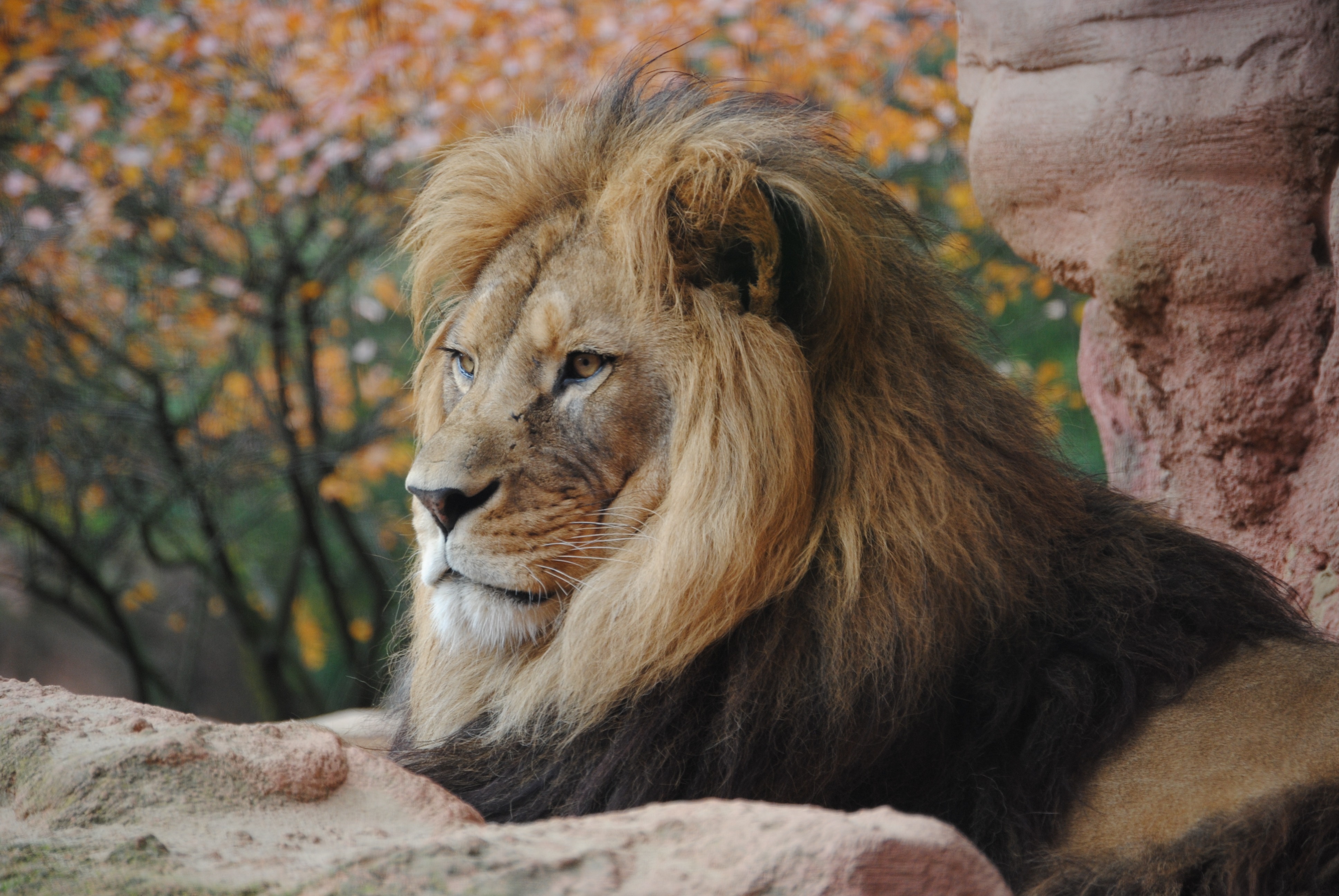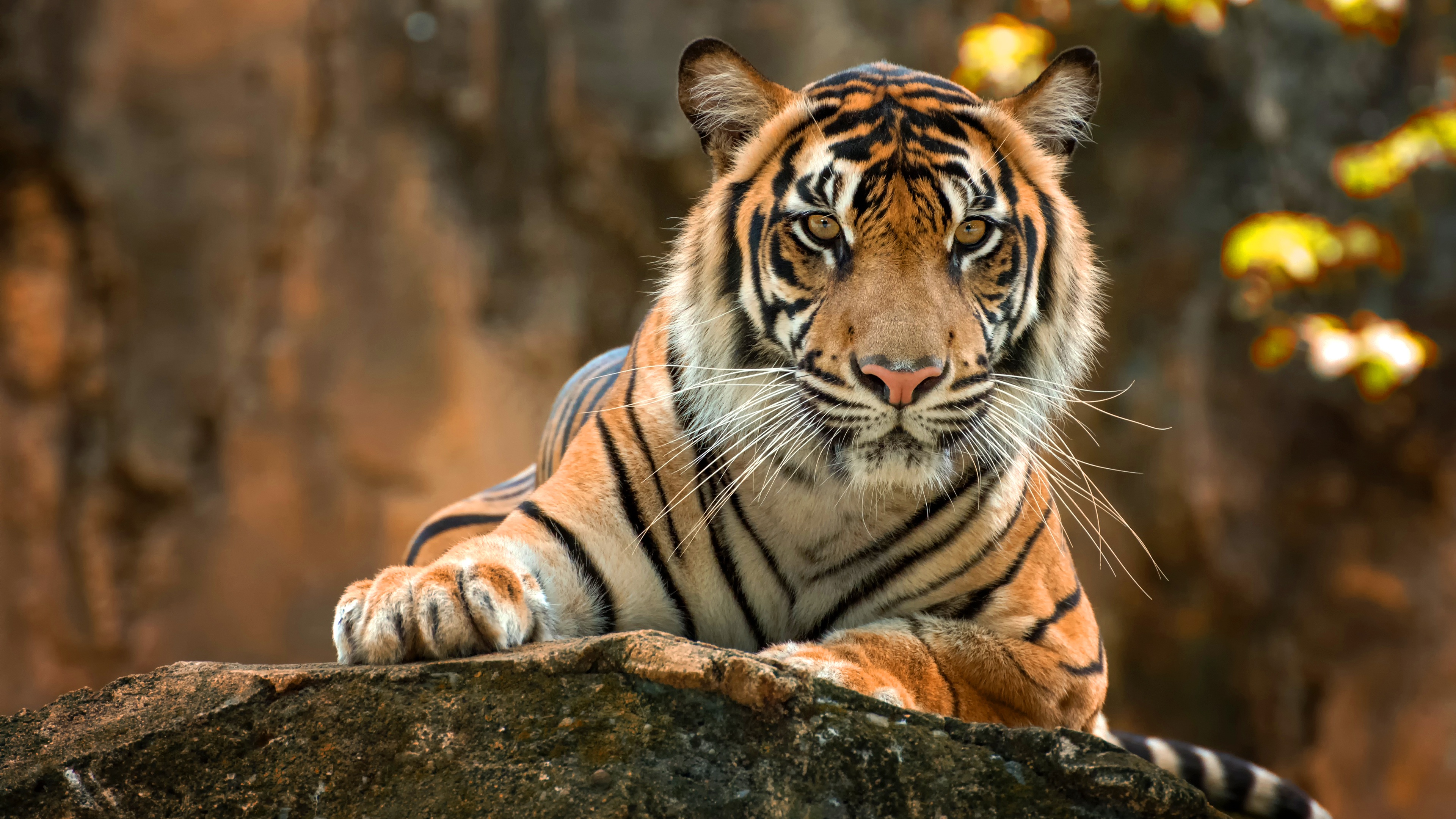Have you ever wondered about the intricate ways creatures connect with one another? It is a pretty interesting thing to think about, really, how animals, from the tiniest insect to the largest mammal, form various sorts of bonds and interactions. These interactions shape their lives, influencing everything from how they find food to how they raise their young, which is a big part of what we call animal relationship dynamics.
The natural world is full of these sorts of connections, some we might easily see, others a little more hidden. There are so many kinds of animals out there, each with their own way of being, which means their ways of relating are also quite varied. You know, a group of birds might have one way of interacting, while a school of fish has quite another, and that is just scratching the surface, actually.
From the very basic biological makeup of these living things to the vast numbers of different kinds, we find a rich subject to consider when we look at how they interact. This exploration helps us better appreciate the living things all around us, and it truly helps us get a feel for the diverse animal relationship dynamics that exist, pretty much everywhere you look, as a matter of fact.
- 911 Cast New Season
- Cillian Murphy And Emily Blunt Movie
- Does Vanessa Get Skin Removal Surgery
- River Robertson Now
- Christina Applegate Book 2024
Table of Contents
- What Makes Up an Animal, Anyway?
- How Do So Many Different Kinds of Creatures Affect Animal Relationship Dynamics?
- Simple Beginnings - The Range of Animal Relationship Dynamics
- Where Do We See Animal Relationship Dynamics in Action?
- Bonds in a New Place - Animal Relationship Dynamics at a Shelter
- The Countless Forms of Animal Relationship Dynamics
- Are All Animal Relationship Dynamics the Same?
- Looking Closer at Animal Relationship Dynamics
What Makes Up an Animal, Anyway?
When we talk about an animal, we are essentially referring to a kind of living thing that has many cells, not just one, you know? These organisms, part of what scientists call the kingdom Animalia, are also eukaryotic. This means their genetic material, their DNA, is contained inside a special little pouch, a membrane, within each cell. This is pretty different from simpler life forms like bacteria, for instance. It is this fundamental structure, this way of being put together, that sets them apart, and it is a very basic starting point for considering how they interact.
This multi-celled structure, it really is quite a significant thing. It allows for different parts of the creature's body to do different jobs, which means they can perform more complicated actions. So, because they have this more involved way of being built, they can also have more involved ways of interacting with their surroundings and with other living things. This foundational biology, it pretty much sets the stage for all sorts of animal relationship dynamics, allowing for everything from simple reactions to more complex social patterns, in a way.
How Do So Many Different Kinds of Creatures Affect Animal Relationship Dynamics?
It is truly astounding to think about the sheer number of living animal kinds that have been identified. People have described well over one and a half million different animal species, and that is just the ones we know about, you know? A really large portion of these, around a million and fifty thousand, are insects. Then you have quite a few molluscs, like snails and clams, making up over eighty-five thousand kinds, and about sixty-five thousand different kinds of creatures with backbones, which are called vertebrates. This incredible variety, it really shapes how these creatures relate to each other, so very much.
- Clara Spera Ginsburg
- Did Shaquille And Kirsten Stay Married
- Doc On Fox True Story
- How Old Is Jodie Sweetin Husband
- Do Meredith And Thorpe Get Married
The fact that there are so many different kinds of animals means there are also a huge number of ways they can interact. Just think about it: the way an insect relates to its environment or to another insect is going to be very different from how a mollusc behaves, or how a vertebrate like a bird or a fish might interact. This vast scale of different life forms means that the kinds of animal relationship dynamics we see in the world are incredibly diverse. It is almost like every single kind of creature adds its own unique flavor to the overall mix of interactions, making it all very rich and varied, as a matter of fact.
Simple Beginnings - The Range of Animal Relationship Dynamics
Animals, as a group, stretch across a wide spectrum, from those that are relatively simple in their design to those that are much more intricate. Some creatures have very basic body plans and ways of living, while others possess highly developed systems for sensing and moving. This range in how complex an organism is built means that their interactions, their animal relationship dynamics, can also vary quite a bit, you know? A very simple creature might have very simple ways of relating, perhaps just reacting to light or touch, whereas a more complex one can do much more.
Even the most straightforward organisms, the ones that seem quite basic, still have ways of interacting with their surroundings and, in some cases, with other living things. These basic interactions are, in their own way, a form of animal relationship dynamics. They might involve a simple give-and-take with the environment, like moving towards food or away from danger. It shows that even at the most fundamental levels of life, there is a connection, a way that living things respond to and affect what is around them, which is really quite something to consider, pretty much.
Where Do We See Animal Relationship Dynamics in Action?
You can learn a lot about the various connections between creatures by looking at different groups of animals. When you explore the animal kingdom through pictures, videos, and facts about various animal profiles, you start to see distinct patterns. Think about fish, for example, how they might swim in schools, or how birds build nests together, or how reptiles interact when they are looking for mates. Each type of creature, whether it is a mammal, an amphibian, or one of the many invertebrates, offers its own set of fascinating behaviors that show how they relate to each other and their surroundings, which is very interesting.
These different groups of creatures, they each show us unique ways that animal relationship dynamics play out. The way a group of fish moves as one unit, for instance, is a kind of relationship based on safety and finding food together. Birds often have very strong pair bonds for raising their young, which is another type of connection. Mammals, too, can have complex family groups or social structures. By looking at these varied examples, we get a much fuller picture of the many forms that interactions can take in the natural world, and it is really quite amazing, actually.
Bonds in a New Place - Animal Relationship Dynamics at a Shelter
Sometimes, we see animal relationship dynamics in places that are a bit closer to home, like at a city animal shelter. For example, if you want to learn more about the city of Buffalo animal shelter in Buffalo, New York, you can often search for available pets they have ready for adoption on Petfinder. In such places, animals, who might have come from very different backgrounds, find themselves sharing a space. This can lead to new kinds of interactions, both with other animals and with the people who care for them, you know?
Within a shelter setting, animals might form temporary bonds with others sharing their space, perhaps finding comfort in a shared kennel. More importantly, these places are where new human-animal relationships often begin. People come looking for a companion, and the way a person and an animal connect, the way they start to build a bond, is a very special kind of animal relationship dynamics. It shows how even in a controlled environment, the need for connection and interaction is still very present for these creatures, and it is pretty heartwarming, really.
The Countless Forms of Animal Relationship Dynamics
Given the immense number and variety of living creatures, it is easy to see that the ways they relate to each other are practically endless. Every single kind of animal, from the smallest, most unassuming insect to the largest, most powerful mammal, has its own particular set of interactions that help it survive and thrive. Some interactions are about finding food, like a predator and its prey, while others are about living together and helping each other out, which is pretty common in nature, you know?
These interactions are not just about survival; they can also involve social structures within a group of the same kind of animal. Think about how a pack of wolves works together, or how a colony of ants organizes itself. Each species, in its own way, has developed patterns of behavior that dictate how individuals interact with one another. These unique sets of rules and customs, they really do make up the particular animal relationship dynamics for that specific kind of creature, and it is quite fascinating to observe, in a way.
Are All Animal Relationship Dynamics the Same?
It is a good question to ask whether all the ways animals relate to each other are, in essence, the same. The answer, as you might guess, is no, not really. The complexity of an organism, how it is built, and what it needs to survive, plays a big part in how its social patterns and interactions develop. A creature that lives alone for most of its life will have very different relationship patterns than one that lives in a large, organized group. So, the kind of animal really dictates the kind of relationships it will form, pretty much.
Even within a single group of animals, say a herd of deer or a flock of birds, individual members might have distinct ways of relating to one another. Some might be more dominant, others more submissive, and these individual differences contribute to the overall animal relationship dynamics of the group. It is not just a uniform set of interactions; there is often a subtle dance of individual personalities and roles that makes each group's relationships quite unique, and that is very true, actually.
Looking Closer at Animal Relationship Dynamics
Taking the time to observe how different creatures interact with one another truly helps us appreciate the natural world around us. Whether it is watching a pair of birds build a nest or seeing how a group of fish moves in perfect sync, these moments show us the rich variety of connections that exist. It is a way of seeing the living world not just as individual creatures, but as a vast network of interlinked lives, all playing their part in a bigger picture, you know?
The study of these fascinating connections, these animal relationship dynamics, is a continuous effort. There is always more to learn about how creatures communicate, how they cooperate, and how they compete. Each new observation adds to our collective understanding of the intricate ways life organizes itself. It is a reminder that even the simplest interaction can hold a great deal of meaning within the grand scheme of things, and that is quite a thought, really.
- Carlys Parents Brandon And Teresa
- Micah Parsons Kids
- Glorilla Husband
- Corey And Leah Now
- Chad Duell Relationships


